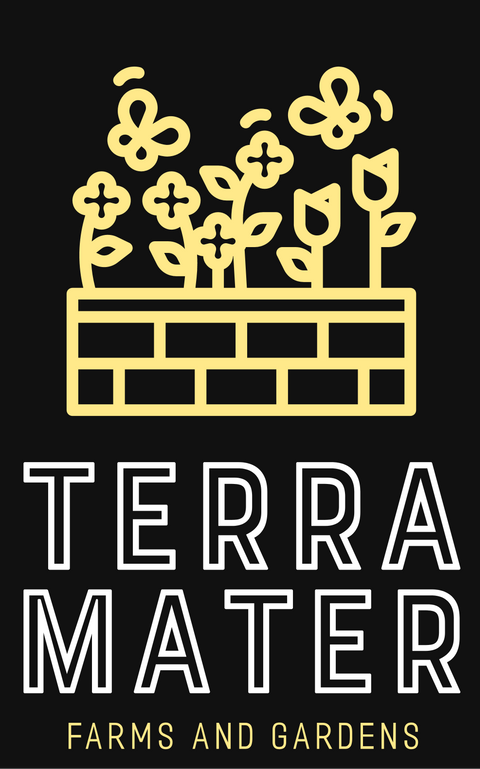Korean Balloon Flower Seeds 'Gil Gyeong' – (Platycodon grandiflorus) – Edible Medicinal Root + Ornamental Blooms
Minimum: 75+ Seeds
🌿 Traditional. Edible. Ornamental. • Korean Balloon Flower • Culinary Root & Blue Bloom Beauty
Celebrate centuries of tradition and timeless garden beauty with Asia Gil Gyeong Bell Flower (Platycodon grandiflorus), a beloved Korean native known both for its striking balloon-shaped blue flowers and its deeply nutritious, edible roots. Revered in Korean cuisine and herbal medicine as “doraji”, this plant offers the rare combination of ornamental flair and cultural heritage.
From late spring to summer, large star-shaped flowers emerge from balloon-like buds, hovering above lush green foliage and adding a peaceful pop of indigo to herb gardens, borders, and containers. Beneath the soil, its fleshy white roots develop slowly but steadily—harvested in Korea for traditional dishes, teas, and remedies.
🌿 Why Grow Asia Gil Gyeong Bell Flower?
🌸 Unique Balloon-to-Star Blooms
Closed buds inflate like balloons, then burst open into brilliant blue, five-pointed flowers.
🍴 Edible Medicinal Roots (Doraji)
Used in Korean cooking (pickled, stir-fried, or in bibimbap) and valued for respiratory health in traditional herbal medicine.
🌱 Ornamental & Cultural Treasure
Grown for beauty and use—an ideal fit for Korean gardens, edible landscapes, and medicinal herb plots.
🧑🌾 Hardy & Long-Lived Perennial
Returns each year with increasing size and blooms; tolerant of cold winters and dry summers.
🪻 Low Maintenance & Container Friendly
Easy to care for, drought-tolerant once established, and beautiful even in small garden spaces.
🌿 How to Grow Asia Gil Gyeong Bell Flower
Botanical Name: Platycodon grandiflorus
Plant Type: Perennial
Days to Germination: 14–21 days
Days to Maturity: 90–120+ days (roots mature in 2+ years)
Sunlight: Full sun to light shade
Soil: Well-drained, loamy or sandy preferred
Seed Depth: Surface sow or lightly press—needs light to germinate
Spacing: 12–18 inches
Height at Maturity: 18–30 inches
USDA Zones: 3–8
Start seeds indoors in early spring or sow outdoors after danger of frost. Keep soil consistently moist during germination. Plants develop slowly in year one but grow into sturdy perennials that return reliably each season. Root harvest typically begins in year 2 or 3.
🛠️ Growing Tips
-
Deadhead spent blooms to extend flowering.
-
Mulch lightly to protect roots in colder zones.
-
Harvest roots in fall after 2–3 years for peak flavor and medicinal value.
-
Avoid transplanting mature plants—deep taproots prefer to stay put.
-
Combine with Korean chives, perilla, or ginseng for a culturally cohesive garden bed.
🌎 Perfect For:
🍲 Korean Edible Gardens – Grow your own doraji for authentic herbal cuisine
🌸 Ornamental Borders – Striking blue blooms and tidy growth
🧑⚕️ Medicinal Herb Gardens – Traditional root used for respiratory and immune support
🪴 Containers & Small Spaces – Ideal in deep pots or balcony gardens
🌿 Cultural & Heirloom Plantings – A living connection to East Asian heritage
🌱 Fun Fact:
In Korea, the roots of Platycodon grandiflorus are not just food—they’re poetry. Doraji is a symbol of longing and resilience in Korean folk songs and stories, making this plant not only functional, but deeply meaningful.
🔒 Tradition Grown from Seed
At Terra Mater Gardens, we believe in seeds that carry stories. Our Asia Gil Gyeong Bell Flower Seeds are open-pollinated, untreated, and selected for both ornamental beauty and cultural depth. Whether you're crafting a traditional Korean garden or discovering new edible roots, this plant brings history, health, and harmony to your space.




